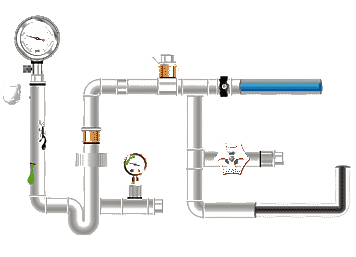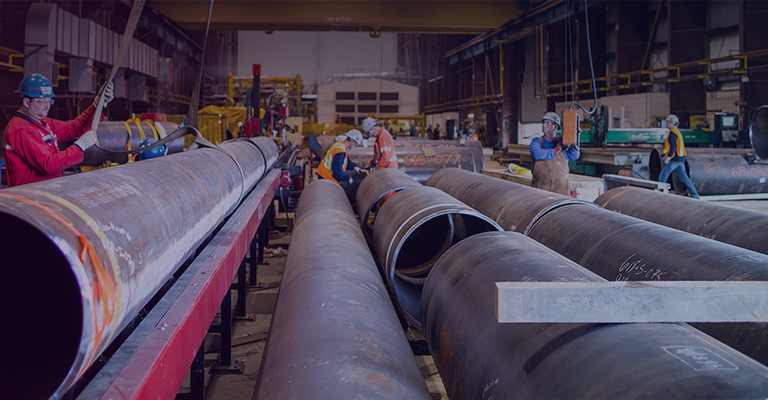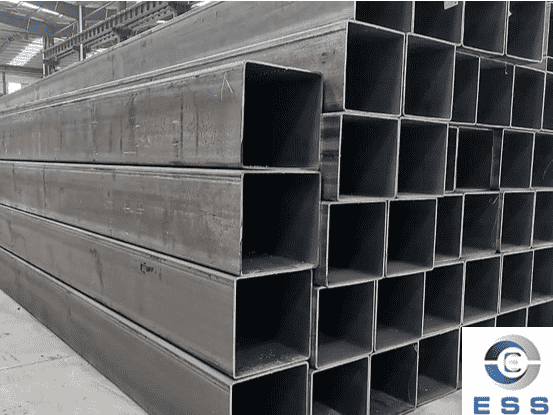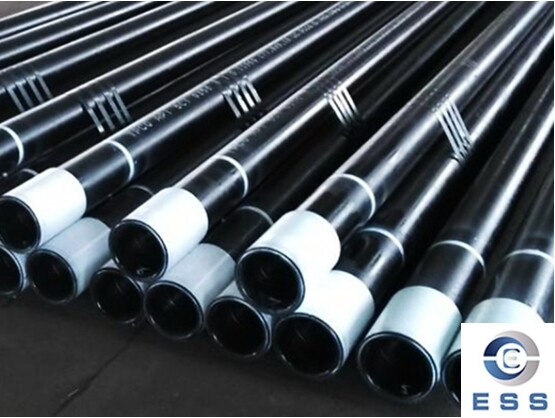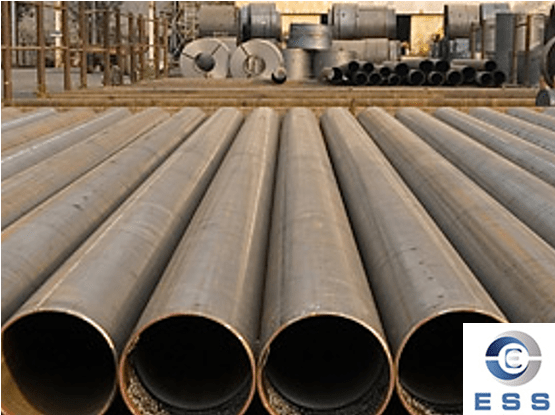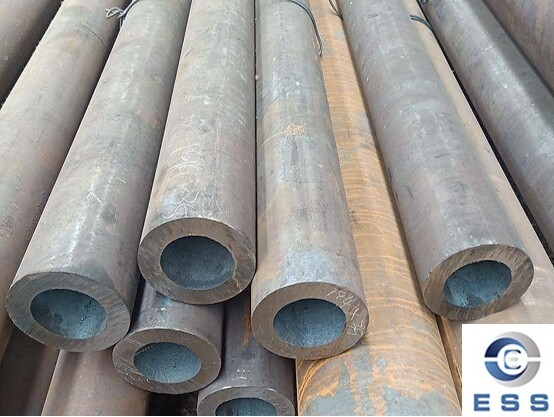
Carbon
steel pipe is a steel pipe with carbon as the main alloying element, which
is widely used in the transportation system of industrial fields such as
petroleum, chemical, metallurgy, electric power, aviation, machinery, etc. The
thickness of carbon steel pipe is an important parameter affecting its
performance and use. According to international standards, the standard
thickness of carbon steel seamless
pipe and welded
pipe should meet the following ranges:
1. Thickness range of seamless steel pipe:
0.5 mm - 60 mm;
2. Thickness range of welded steel pipe:
0.5 mm - 80 mm.
Standard of carbon steel pipe wall
thickness
The wall thickness of carbon steel pipe
should be determined by a specific calculation method, which is mainly based on
the nominal diameter and root thickness coefficient of the pipe. The nominal
diameter refers to the standard diameter of the pipe, while the root thickness
coefficient is determined according to the type and purpose of the pipe.
The specific wall thickness calculation
formula is: wall thickness = (nominal diameter × root
thickness coefficient) / coefficient tolerance.
This formula provides engineers with a
scientific basis for designing pipe wall thickness.
The corresponding relationship between
the thickness and diameter of carbon steel pipes
The thickness of carbon steel pipes has a
certain relationship with their diameters, and different specifications
correspond to different thickness standards. Generally speaking, the larger the
diameter, the greater the thickness. The following are the standard thicknesses
and corresponding diameter ranges of some common specifications of carbon steel
pipes:
1. Seamless steel pipes of Φ6mm - Φ38mm: thickness range of 1 mm - 4 mm;
2. Seamless steel pipes of Φ12mm - Φ325mm: thickness range of 2 mm - 28
mm;
3. Welded steel pipes of Φ18mm - Φ508mm: thickness range of 2.5 mm -
50 mm;
4. Large-diameter welded steel pipes of Φ219mm - Φ3000mm: thickness range of 5 mm -
80 mm.
Wall thickness deviation standard of
seamless carbon steel pipes
The wall thickness deviation of seamless
carbon steel pipes is one of the important indicators to measure their quality.
According to the Chinese standard GB/T 8163-2018, there are certain regulations
for the allowable deviation of the wall thickness of seamless carbon steel
pipes.
1. For steel pipes with an outer diameter
less than or equal to 159mm and a wall thickness less than or equal to 3mm, the
allowable deviation of the wall thickness is ±12.5%;
when the wall thickness is greater than 3mm, the deviation is ±10%.
2. For steel pipes with an outer diameter
greater than 159mm, when the wall thickness is less than or equal to 20mm, the
deviation is ±10%; when the wall thickness is greater
than 20mm, the deviation is ±7.5%.
These standards are the basis for quality
control in the production process to ensure the performance and safety of
seamless steel pipes.
In addition, there are specific standards
for the allowable deviation of the wall thickness of cold-drawn (rolled) steel
pipes. When the wall thickness is less than or equal to 3mm, the deviation is ±0.2mm; when the wall thickness is greater than 3mm, the deviation is ±7.5%. These regulations are intended to ensure the
uniformity of the wall thickness and product quality of cold-drawn (rolled)
steel pipes.
Thickness selection in different
application scenarios
In actual applications, the thickness of
carbon steel pipes should be selected according to specific usage scenarios and
needs.
For example, in the field of low-pressure
fluid transportation, thin-walled mild
steel pipes are widely used because of their lightness and economy; in
high-pressure, high-temperature or complex applications, such as petroleum,
chemical and other industries, thick-walled carbon steel pipes of corresponding
thickness need to be selected to ensure the stability and safety of the
pipeline system. The following are the main uses of carbon steel pipes:
1. Transportation of oil, natural gas, fuel
gas and other liquids;
2. Transportation of various chemicals in
the chemical industry;
3. Transportation of food processing;
4. Manufacturing of parts for machinery,
construction, automobiles and other industries, such as pup joints and pipe
fittings for connection of supporting products
5. The structure of pipelines and pipeline
equipment.
Summary
In summary, the standard thickness of
carbon steel pipes is determined according to different specifications and
uses, and generally ranges from 0.5 mm to 80 mm. In the process of selecting
carbon steel pipes, factors such as pressure and temperature in pipeline
transportation should be considered to select appropriate thickness and
specifications.
Read more: Roughness of carbon steel pipe or Finishing defect of seamless carbon steel pipe and its prevention









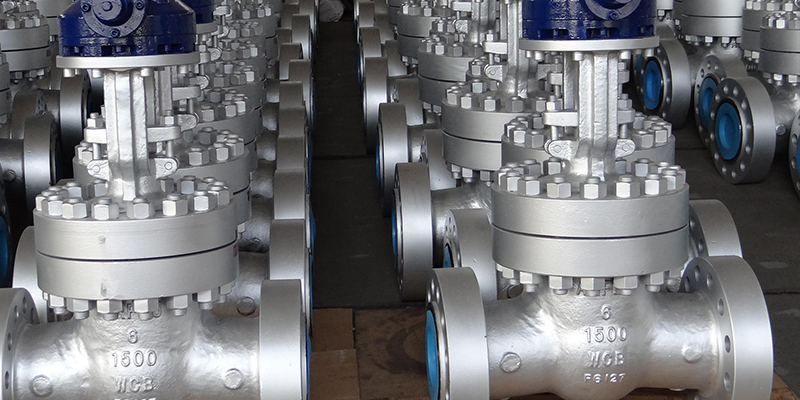
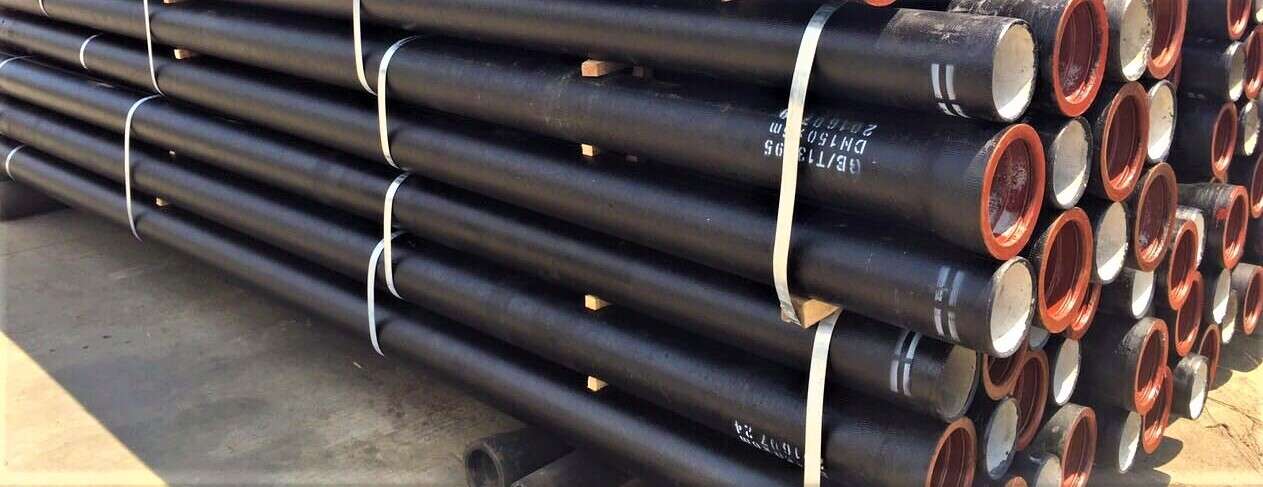


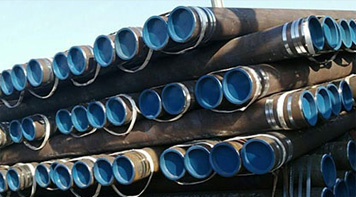 Eastern Steel Manufacturing Co.,Ltd not only improve product production and sales services, but also provide additional value-added services. As long as you need, we can complete your specific needs together.
Eastern Steel Manufacturing Co.,Ltd not only improve product production and sales services, but also provide additional value-added services. As long as you need, we can complete your specific needs together.
